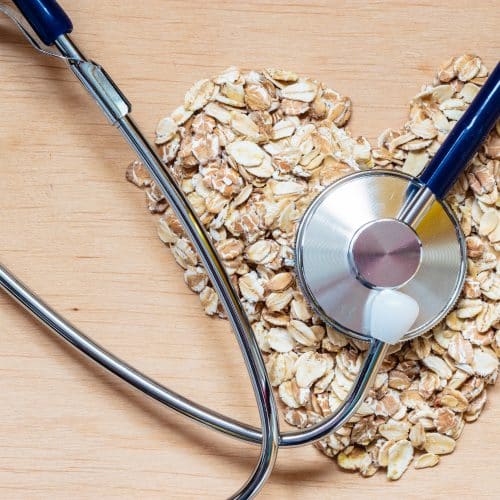Eight Benefits of Prebiotic Dietary Fibers Summarized in 2018 Review
February 2, 2018 — The open access article “Health Effects and Sources of Prebiotic Dietary Fiber” was published in Current Developments in Nutrition. Following a brief review of the various definitions of prebiotic, the review article provides a summary of eight health benefits of prebiotic dietary fiber including the following:
- Effect on hind gut bacteria composition including profiles of Lactobacilli and Bifidobacteria that are associated with health.
- Short chain fatty acid production by the gut microbiota.
- Enhanced calcium absorption.
- Effect on protein fermentation including potential reduction of harmful metabolites,
- Change in pathogenic bacterial populations through five potential mechanisms such as reducing colonic pH below thresholds for pathogenic bacteria, reduced colonization sites, inhibitory peptides production, nutrient competition, and enhanced immune system function.
- Possible reduction of allergy risk due to changes in microbial diversity.
- Improved integrity of the gastro-intestinal barrier.
- Potential effects on cells with roles in immune system function.
Carlson, et al., reports that while fructo-oligosaccharides, gluco-oligosaccharides, and inulin have historically been considered to be prebiotic fibers, additional categories of dietary fibers that promote digestive health include beta-glucan, isomaltooligosaccharides, guar gum, lactulose, resistant starches and maltodextrins, xylooligosaccharides and arabinooligosaccharides. Additional information on specific fibers, including scientific substantiation of benefits, is available here.



